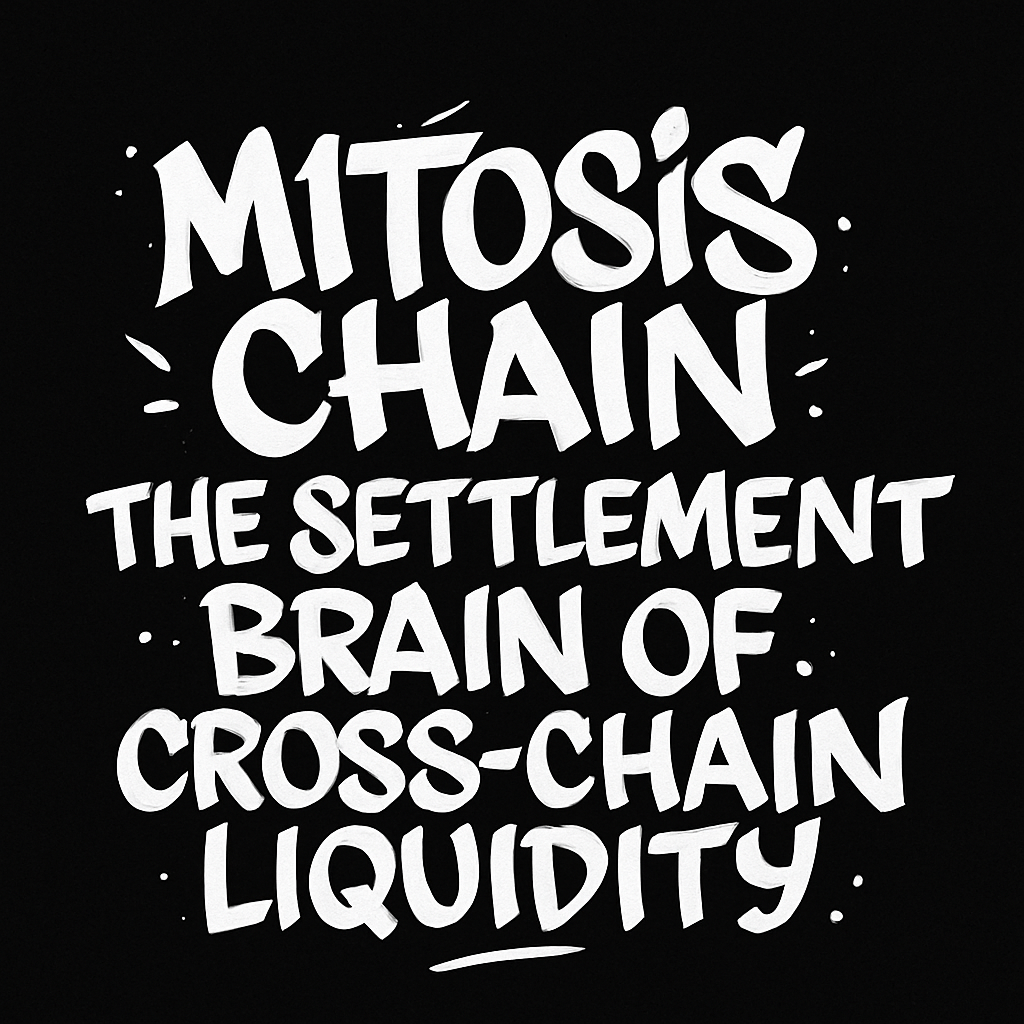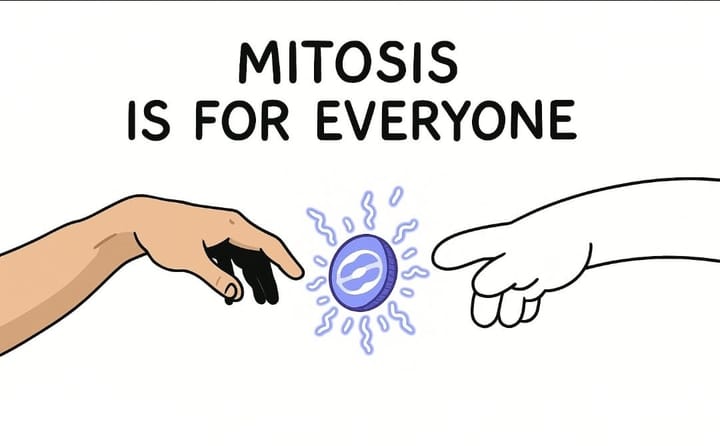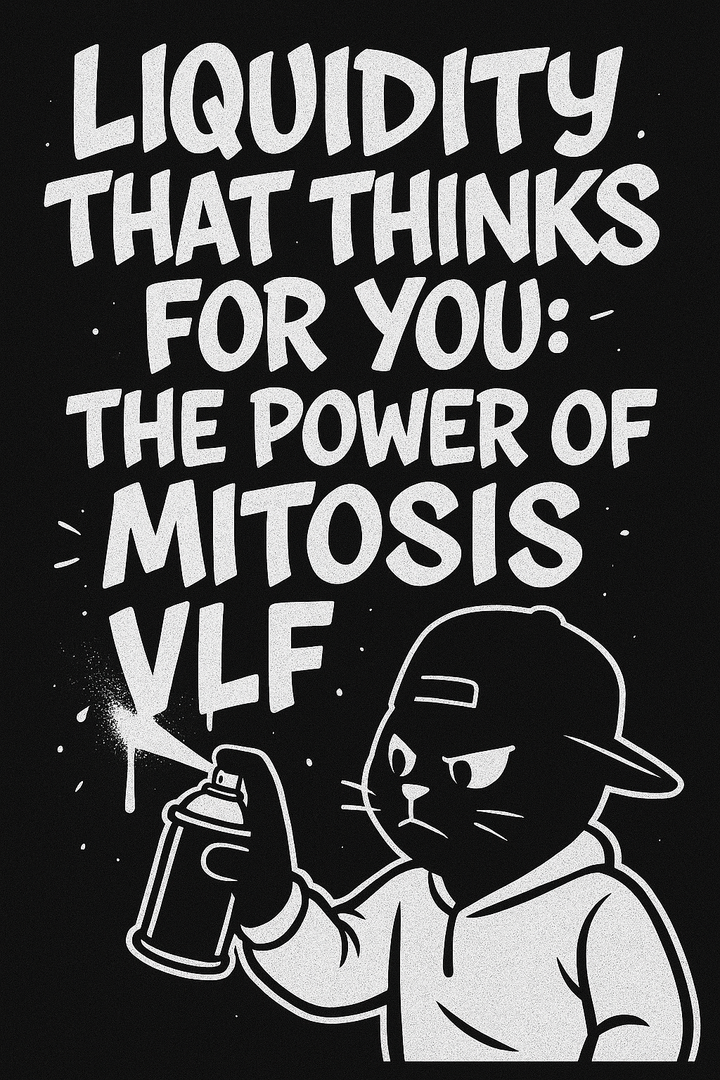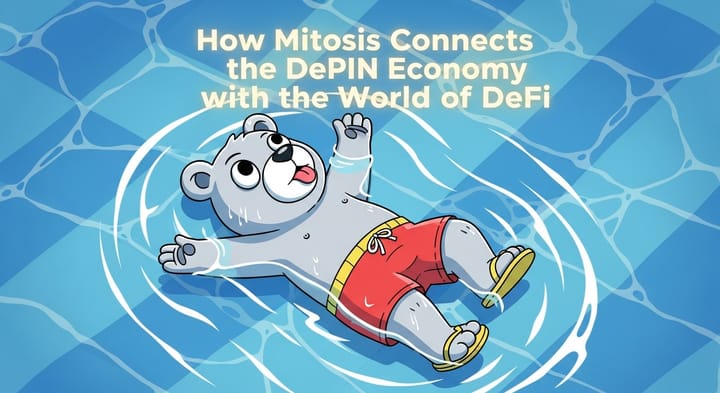Mitosis Chain: The Settlement Brain of Cross-Chain Liquidity

Introduction
In nature, the brain doesn’t move but it knows where everything is, and what every limb is doing. It sends signals, processes feedback, and keeps the whole system in sync. Now imagine DeFi as a body with many limbs: Ethereum, Arbitrum, Base, Solana each doing its own thing. But without a brain, there's no coordination. No shared memory. No intelligent decision-making.
That’s what the Mitosis Chain brings to decentralized finance. It acts as the settlement brain the central layer that understands, orchestrates, and settles liquidity across fragmented ecosystems. With it, DeFi becomes less of a disjointed mess and more of a living system.
How Mitosis Chain Works: The Core Infrastructure
The Mitosis Chain isn’t a generic Layer 1. It’s purpose-built to act as the home base for programmable liquidity, the chain where liquidity flows are tracked, routed, settled, and composed across different ecosystems.
Here's how it achieves that:
1. Built on Cosmos SDK + CometBFT
Mitosis Chain uses the Cosmos SDK, a modular framework that makes it easy to build custom blockchains. Combined with CometBFT (formerly Tendermint), it benefits from high-speed finality and efficient consensus.
What this means: Transactions settle faster, and validators reach agreement quickly and securely. This makes Mitosis Chain ideal for acting as a settlement layer it can handle fast liquidity updates between chains without bottlenecks.
2. Fully EVM-Compatible
Mitosis Chain supports the Ethereum Virtual Machine (EVM), so developers can build and deploy smart contracts using the same tools they use for Ethereum, like Solidity, Hardhat, and MetaMask.
What this means: Any dApp or protocol built on Ethereum can also be deployed on Mitosis Chain with little to no changes. This lowers the barrier to adoption, making it easier to bring composability into the Mitosis ecosystem.
3. Centralized Settlement for a Decentralized World
While assets and activity can live on many chains (Base, Arbitrum, etc.), the Mitosis Chain acts as a single source of truth for where liquidity is, where it needs to go, and how it should behave.
This is important for:
• Cross-chain rebalancing
• Tracking real-time TVL across vaults
• Triggering VLF strategies
• Ensuring yield claims and governance rewards are handled properly.
Instead of relying on off-chain servers or fragmented data, Mitosis Chain brings all this logic on-chain, into one cohesive layer.
4. Composability Across Chains
Composability means protocols can interact and build on each other like Lego blocks. Most ecosystems are limited in this due to being on separate chains.
With the Mitosis Chain:
• Strategies can pull liquidity from one chain and deploy it on another
• Vaults and protocols can build on each other, even across different networks
• Developers can write logic that touches multiple chains while settling everything in one place.
Conclusion: A Chain That Thinks in Liquidity, Not Silos
Most blockchains were built for individual ecosystems. Mitosis Chain was built for interconnection where liquidity isn’t confined to one chain, but flows between them intelligently, securely, and efficiently.
As the settlement brain of Mitosis, this chain enables:
• Automated liquidity movement via VLF
• Real-time strategy execution
• Cross-chain composability
• Transparent settlement and tracking of funds.
And it does all of this without users needing to manage bridges, track APRs, or manually shift funds. The infrastructure takes care of the complexity.



Comments ()